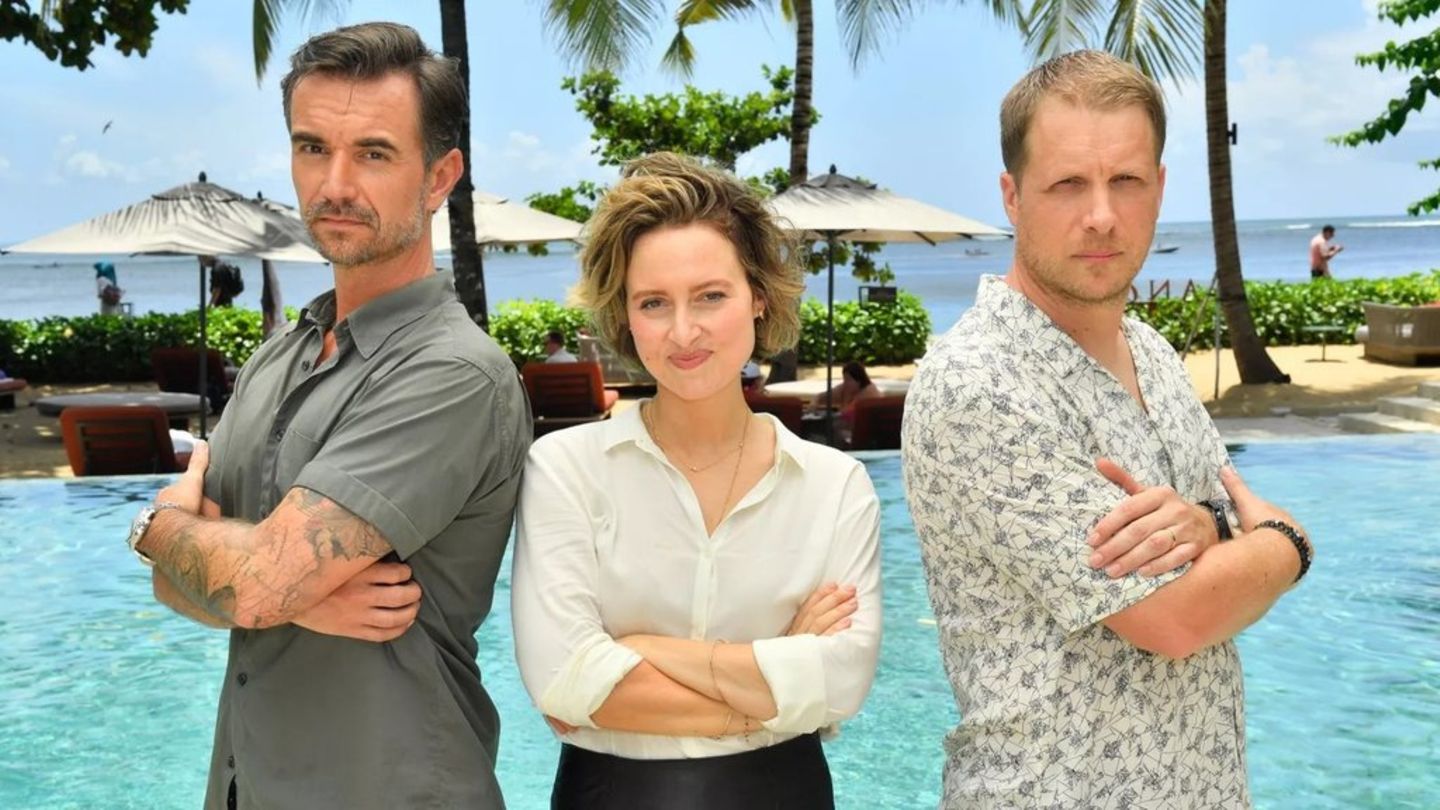I am Pierce Boyd, a driven and ambitious professional working in the news industry. I have been writing for 24 Hours Worlds for over five years, specializing in sports section coverage. During my tenure at the publication, I have built an impressive portfolio of articles that has earned me a reputation as an experienced journalist and content creator.
Menu
Learn stand up paddling: helpful tips from the expert
Categories
Most Read
World Cup qualification: After a big win: Nagelsmann wants to go one better against Northern Ireland
October 11, 2025
No Comments
The strongest superstition in football: why Casemiro plays with another surname on his shirt
October 10, 2025
No Comments
Goal and dedication to heaven: Nacho Russo scored against Newell’s after the death of his father, Miguel Ángel
October 10, 2025
No Comments
DFB-Elf wins confidently against Luxembourg in Sinsheim
October 10, 2025
No Comments
Award: Florian Wirtz receives the trophy as Footballer of the Year
October 10, 2025
No Comments
Latest Posts

John Lodge: Moody Blues bassist dies aged 82
October 11, 2025
No Comments
Mourning for musicians Moody Blues star John Lodge is dead Copy the current link Add to watchlist Mourning in the music world: A star of

Real estate: Lawyer for the Republic suspects Benko’s assets are in foundations
October 11, 2025
No Comments
AngelicaI am an author and journalist who has written for 24 Hours World. I specialize in covering the economy and write about topics such as

Florian Silbereisen: He mourns the loss of co-star Wanda Perdelwitz
October 11, 2025
No Comments
Lisa HarrisI am an author and journalist who has worked in the entertainment industry for over a decade. I currently work as a news editor
24 Hours Worlds is a comprehensive source of instant world current affairs, offering up-to-the-minute coverage of breaking news and events from around the globe. With a team of experienced journalists and experts on hand 24/7.

